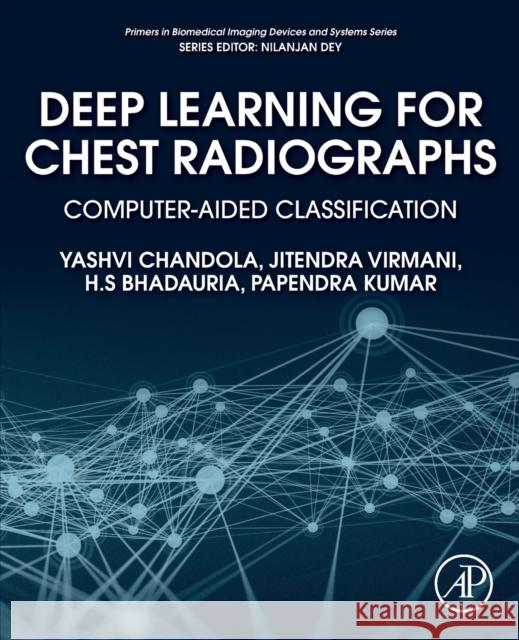Deep Learning for Chest Radiographs: Computer-Aided Classification » książka
topmenu
Deep Learning for Chest Radiographs: Computer-Aided Classification
ISBN-13: 9780323901840 / Angielski / Miękka / 2021 / 228 str.
Kategorie:
Kategorie BISAC:
Wydawca:
Academic Press
Seria wydawnicza:
Język:
Angielski
ISBN-13:
9780323901840
Rok wydania:
2021
Numer serii:
001130689
Ilość stron:
228
Waga:
0.40 kg
Wymiary:
23.5 x 19.05 x 1.22
Oprawa:
Miękka
Wolumenów:
01











